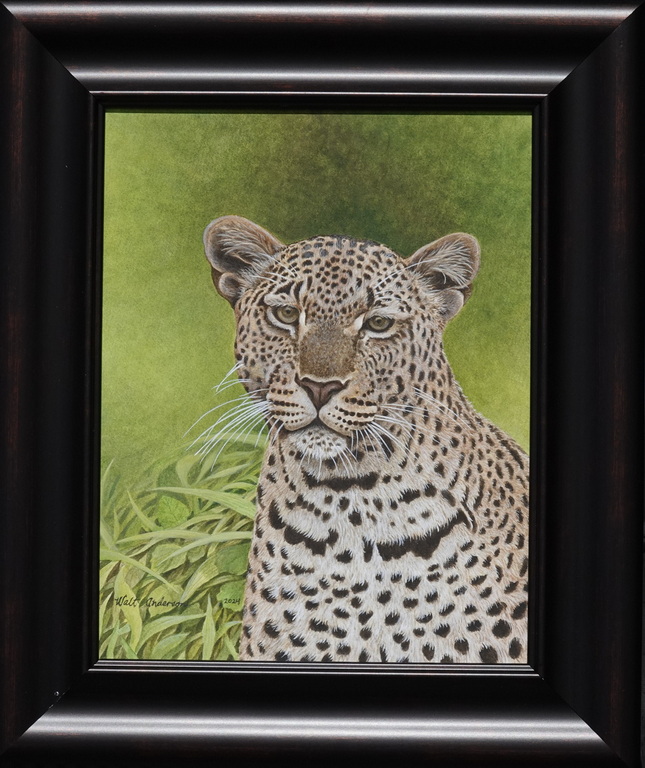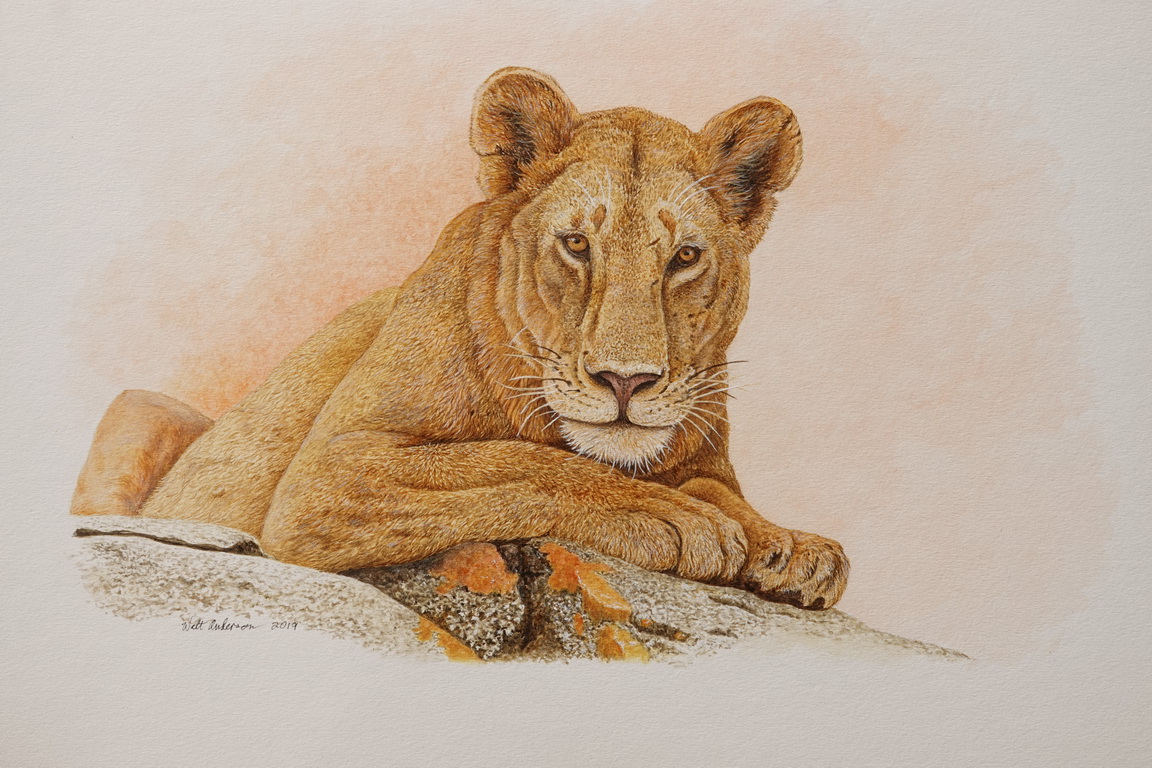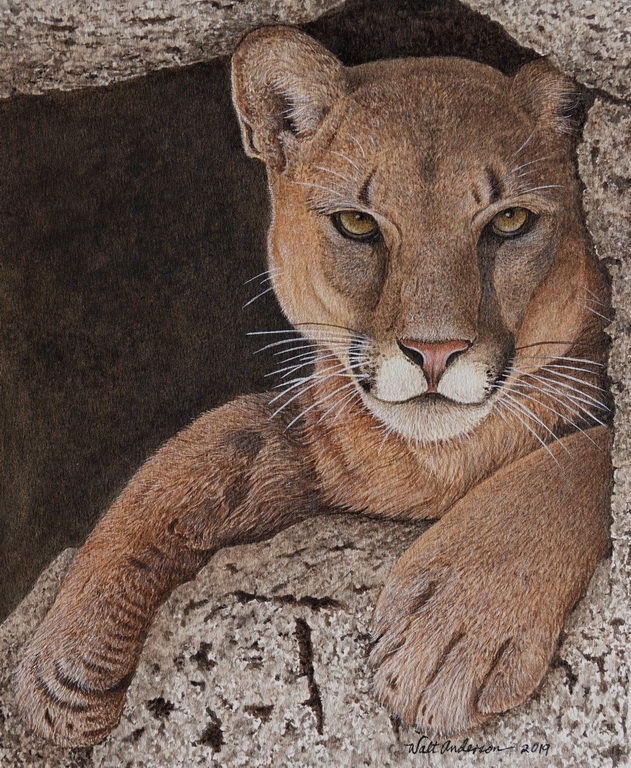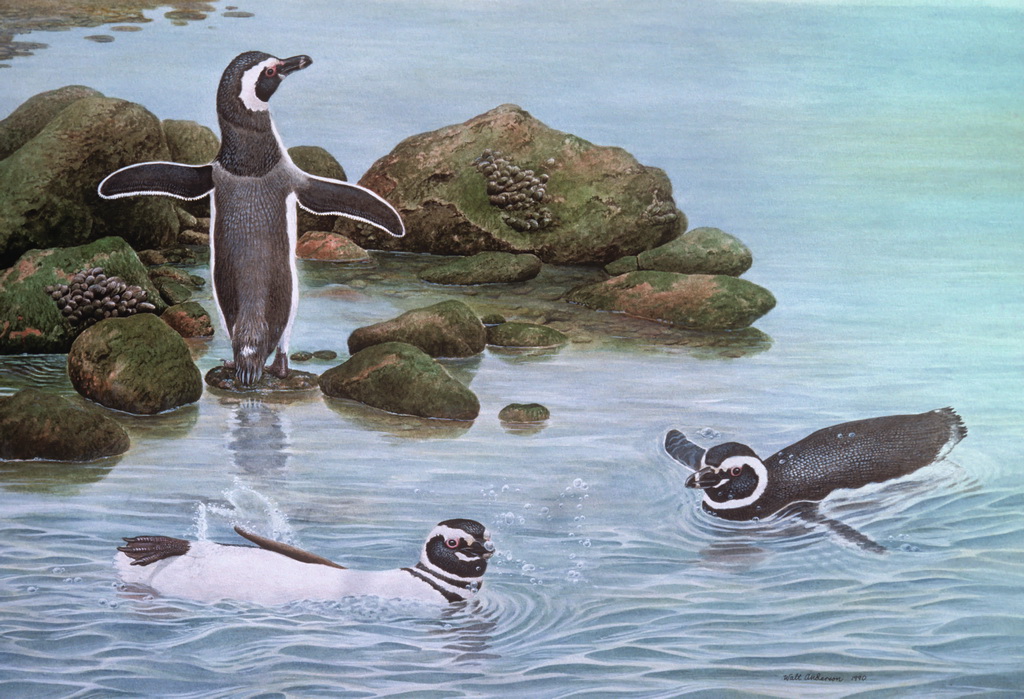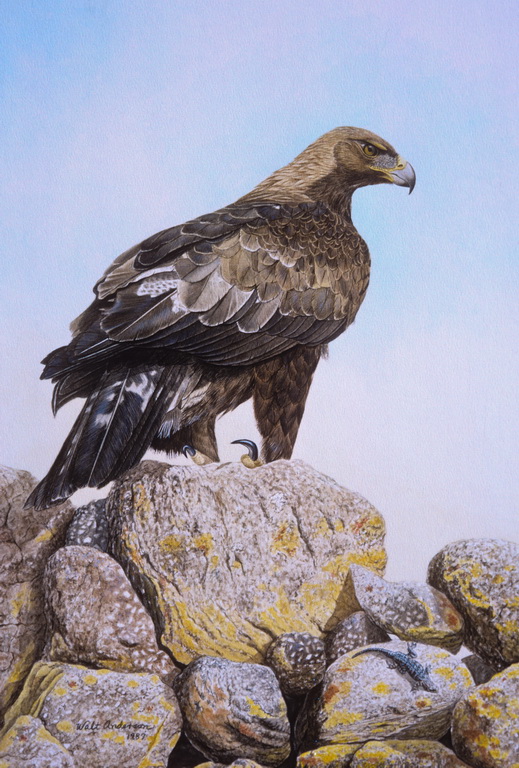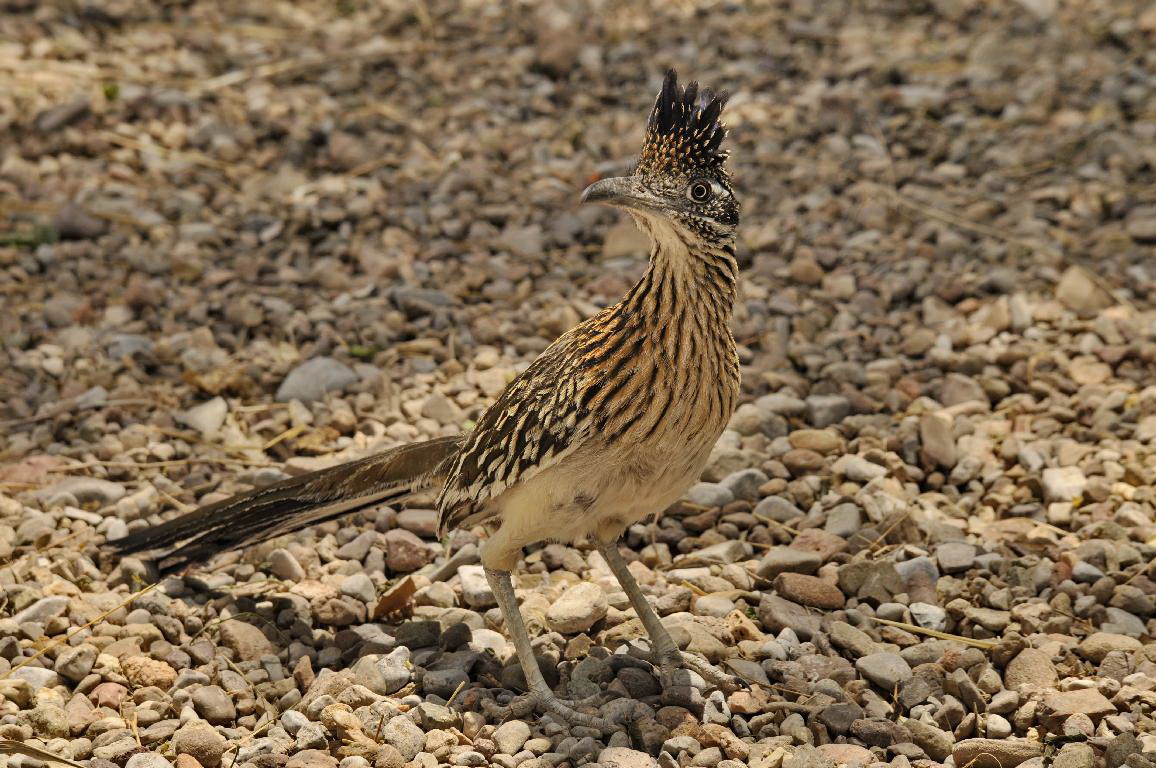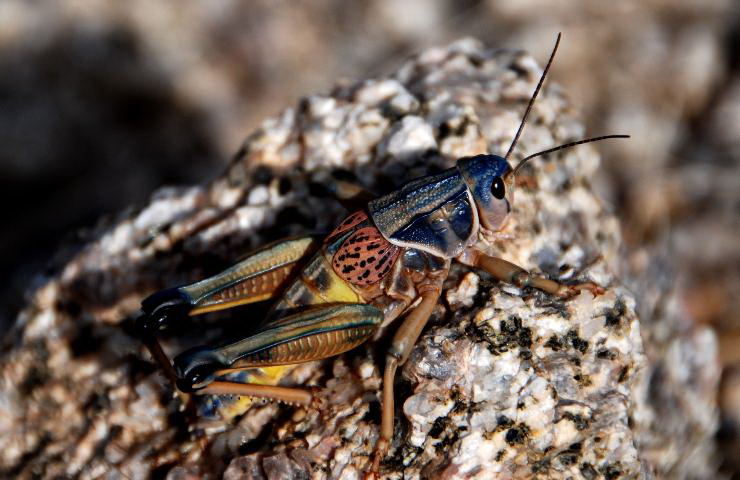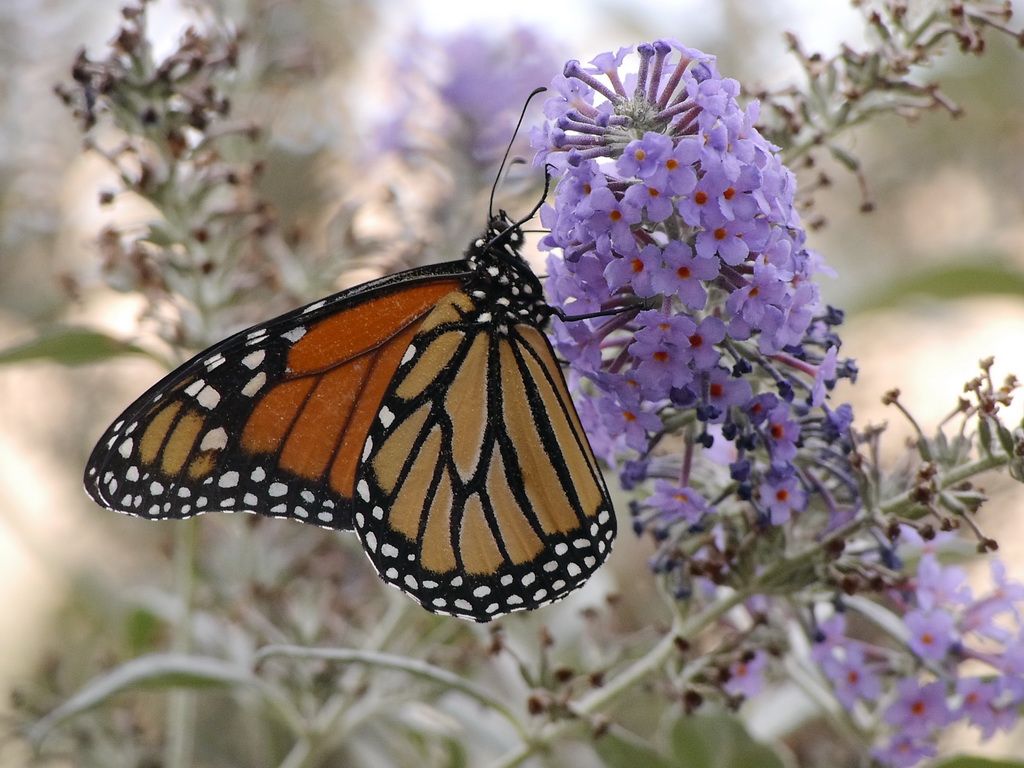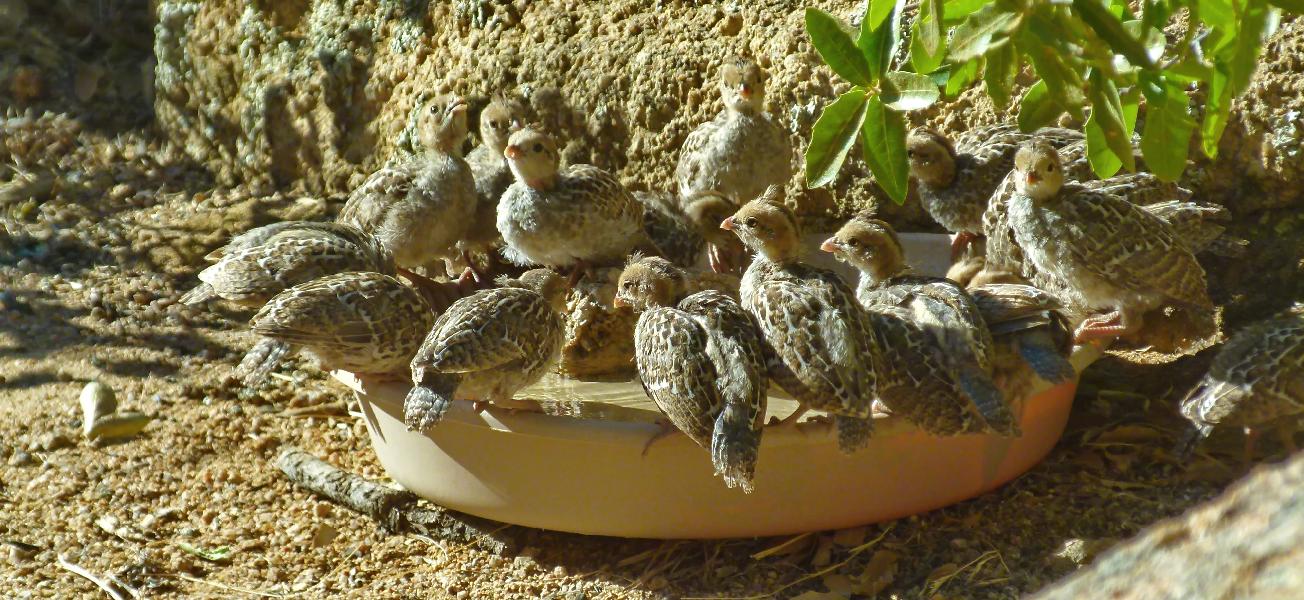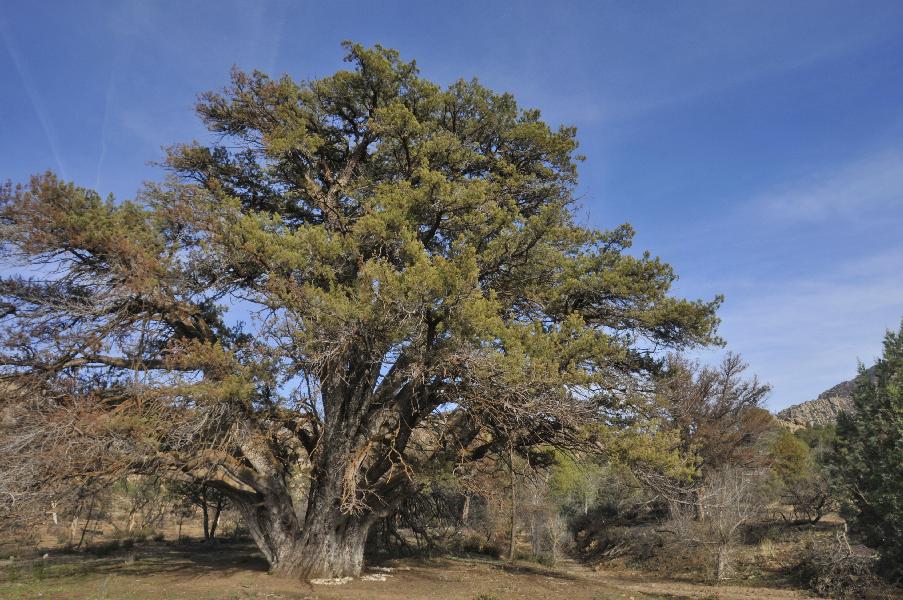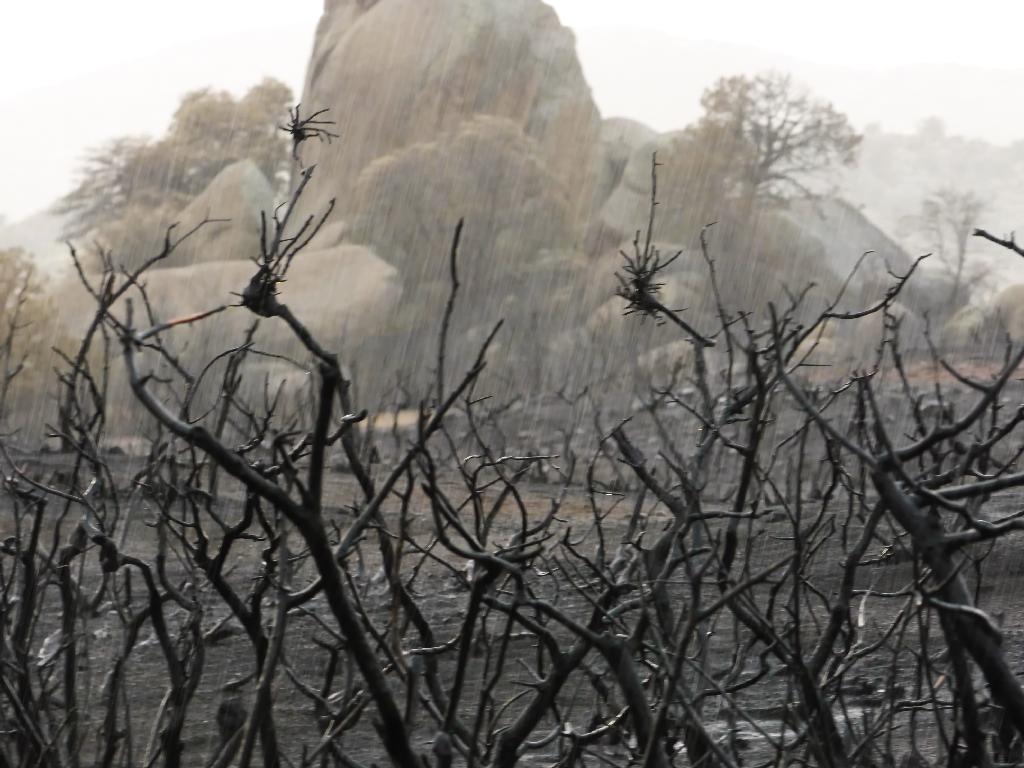The past year has been wild indeed! For most of the year, each week has brought the challenge of creating the Wild Wednesday photo essays. This has been a wonderful opportunity for me to use my extensive photo library (constantly adding new material, which gets me out in nature with an inquiring eye) and my naturalist background to help inspire and inform others about the remarkable natural world we live in.
It has also helped increase awareness of the value of conservation no matter where we live. My main focus has been on my homeland—the Granite Dells or Prescott, Arizona—but also expanding awareness across the globe, especially with respect to East Africa, where I have led safaris for 45 years!
The Natural History Institute invited me to exhibit a one-person art show on “Art in the Service of Conservation” from October 27, 2023 through January 12, 2024. My public presentation allowed me to describe in images and words my lifelong progression as a conservation biologist, with art being an important element of my voice. My personal history and many examples of my paintings are included. You may view the video of my talk here: https://www.youtube.com/watch?v=vzBS5oRTNoo
My friend Kitty Harvill, co-founder of Artists and Biologists Unite for Nature (ABUN), recommended me to the editors of CanvasRebel (“Conversations with Entrepreneurs, Artists & Creatives”). Here is my interview: https://canvasrebel.com/meet-walt-anderson/ I was asked about the most meaningful project I’ve worked on, and it gave me the opportunity to describe my connections with Prescott College, Artists for Conservation, ABUN, the Sutter Buttes of California, Save the Dells, and the Granite Dells of Arizona.
In May 2024, I am displaying with artists Rebecca Davis/Roger Asay, Jan Marshall, and Tony Brown in the inaugural art show at the new Cicada Gallery on the campus of Prescott College (234 Grove Avenue). The show will be open to the public from May 3 – 30 from 10-noon, 1-4 Monday – Friday. I personally will be staffing the gallery on Thursdays (May 9, 16, 23, 30), and others will be there on the other weekdays.
